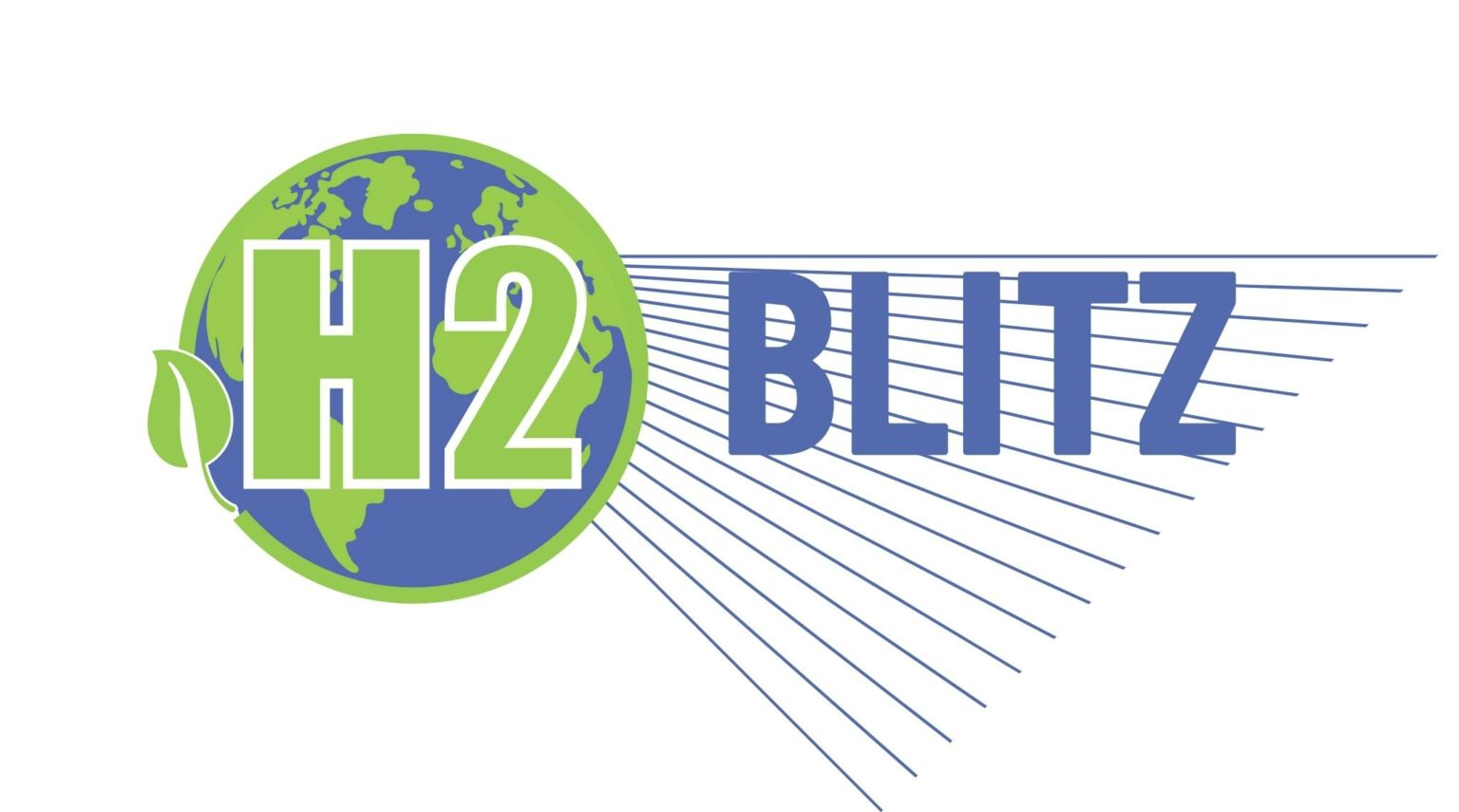Daimler uses first Unimog prototype with hydrogen drive
The U430 implement carrier, the first Unimog prototype with hydrogen drive, is currently in use by Daimler. But instead of being burned in a fuel cell to create power, the gas contained in four 700-bar high-pressure tanks is burned in a recently created reciprocating engine. Mercedes hasn’t revealed any specifics yet, but the engine is probably a six-cylinder diesel that has been transformed. It should also run quietly and cleaner when hydrogen is used.
HDR to assist in creating PEIS for green hydrogen energy projects in Washington
The Washington State Department of Ecology has chosen HDR to assist in creating a programmatic environmental impact statement, or PEIS, in order to get ready to create green hydrogen energy projects inside the state. When determining which regions of the state are appropriate for green hydrogen energy, the PEIS will assist in assessing potential major environmental implications and the many kinds of hydrogen projects that could be constructed.
Stakeholders and leaders debating Mid-Atlantic Clean Hydrogen Hub
Stakeholders and elected leaders are debating the Mid-Atlantic Clean Hydrogen Hub’s future plans.
On Monday, the Delaware congressional delegation convened with business executives to deliberate on the prospects of a multi-state hydrogen center that was awarded a $750 million grant by the U.S. Department of Energy back in October.
David Turk, deputy secretary of the Department, claims that this is a crucial turning moment for numerous industries.
Hrastnik1860 to produce superior glass bottles wih hydrogen
Hydrogen power has enabled Hrastnik1860 to produce superior glass bottles.
Over 60% hydrogen is used for glass melting, reducing the direct carbon footprint by over 30% compared to typical techniques.
The achievement resolves worries that large hydrogen energy percentages could make it difficult and uneconomical to produce such high-quality glass.
The development of Hrastnik1860 has alleviated these fears by proving that replacing natural gas, the usual energy source in manufacturing, is viable and meets quality standards.
Central Japan Railway engineers are creating a hydrogen-fuel cell train
Central Japan Railway engineers are creating a hydrogen-fuel cell train with zero CO2 emissions. The company claims such clean energy can decarbonize railways.
JR Central showed the technology at an Aichi Prefecture research site on Monday. Engineers tested the train on a railway track to ensure it could move and speed.
Power comes from hydrogen fuel and oxygen reactions in cells. Water is their only output. The train uses storage batteries.
Best4Hy concludes end-of-life hydrogen fuel cell recycling project with final event and results
For its final General Assembly (GA) and Final Event, the BEST4Hy Consortium gets together. a two-day conference with a full agenda, partners working in the GA, and a workshop to showcase the project’s outcomes after three years. Under Grant Agreement No. 101007216, the Fuel Cells and Hydrogen 2 Joint Undertaking (now Clean Hydrogen Partnership) funded the research project BEST4Hy – SustainaBlE SoluTions FOR recycling of end-of-life Hydrogen technologies, which developed low-environmental-impact technologies for the recovery and recycling of materials essential to the hydrogen supply chain. This culminating event, which was organized by Hensel Recycling and IDO-Lab at their locations in Aschaffenburg and Karlstein am Main (Germany) with assistance from Environment Park, the project coordinator, showcased accomplishments.
